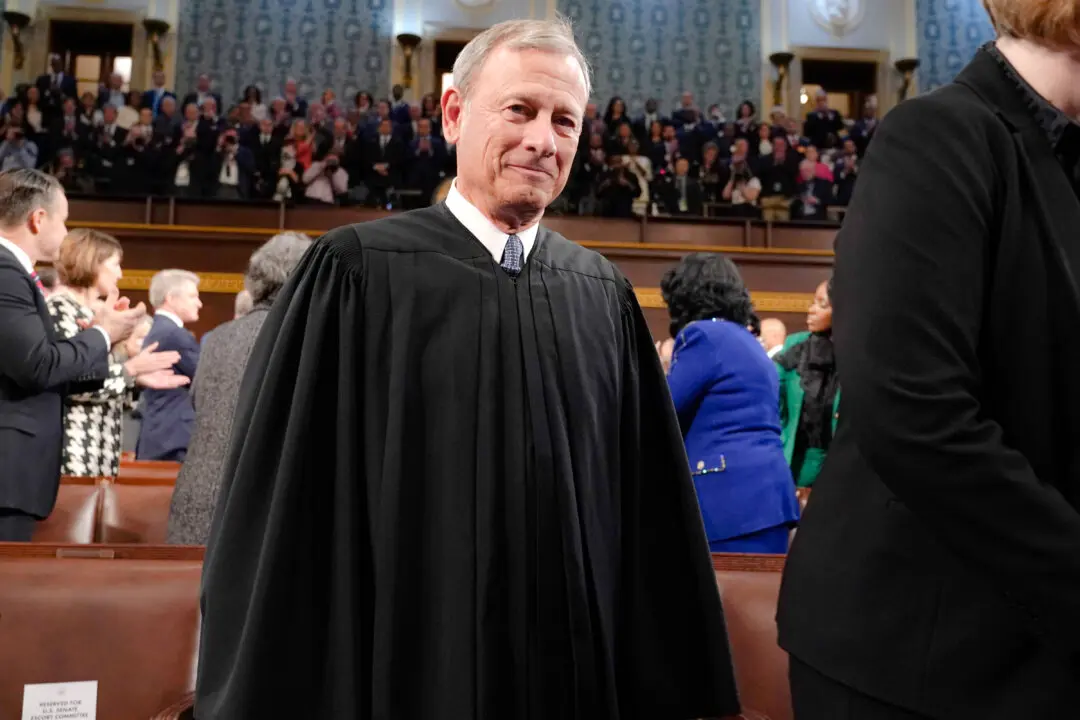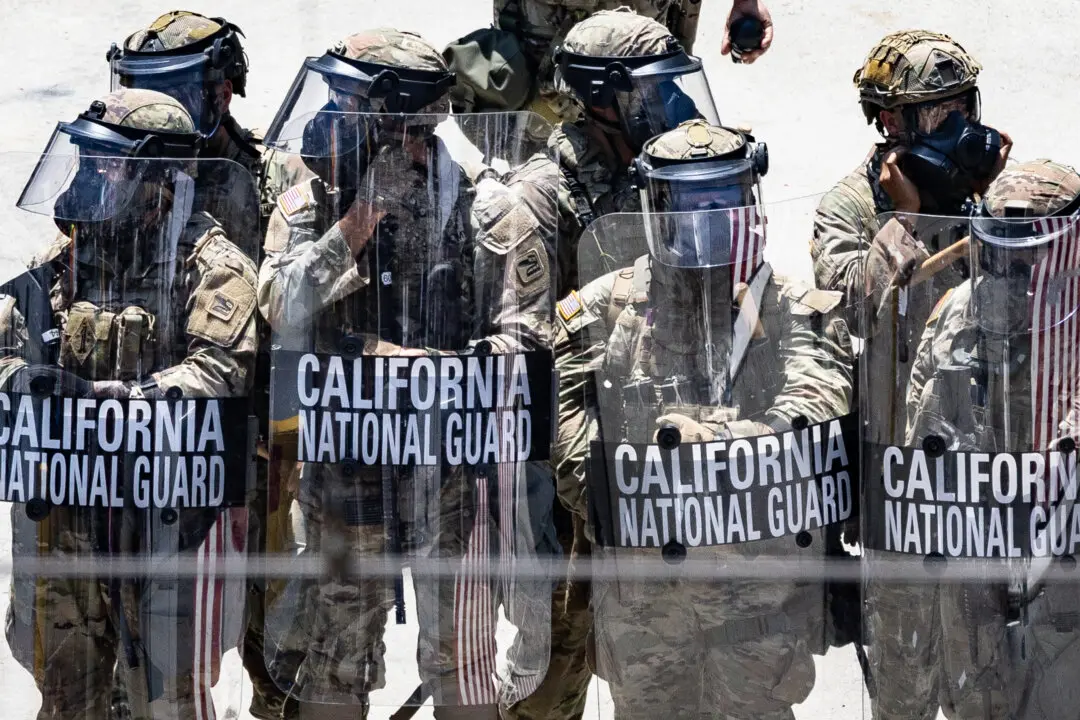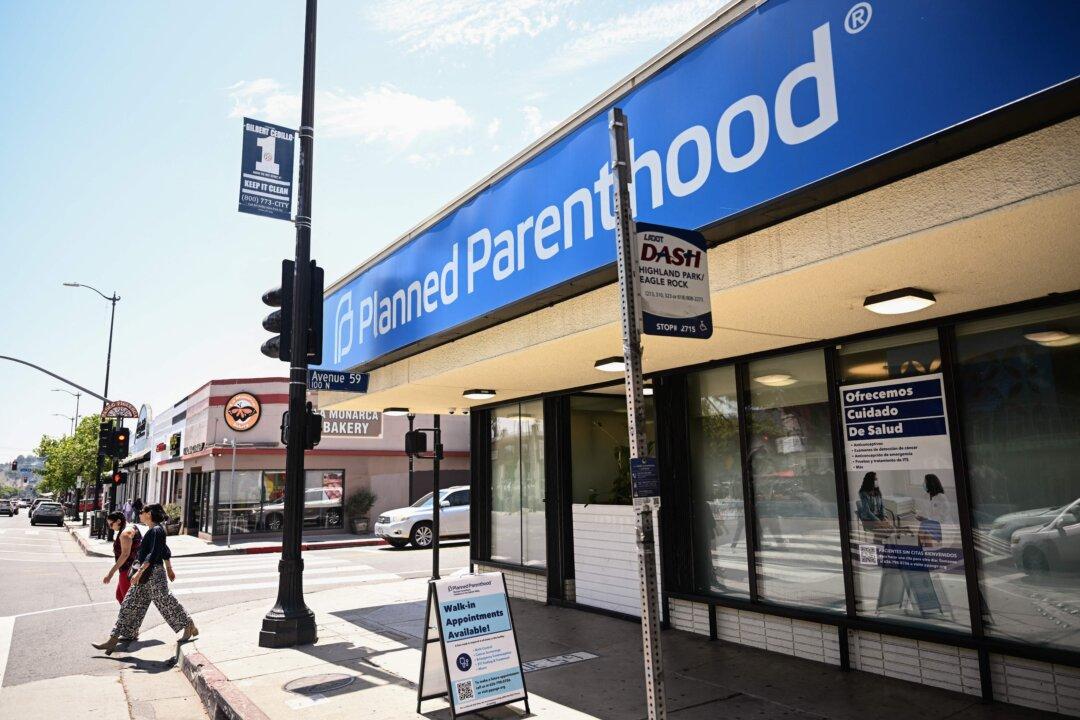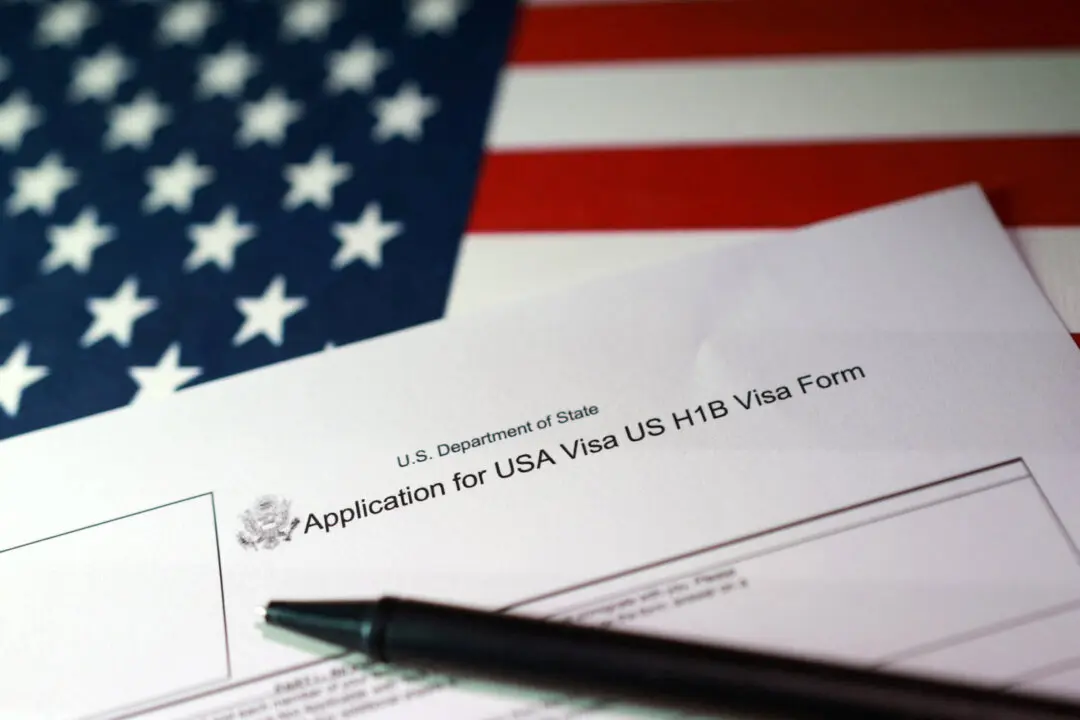The allegedly deliberate destruction of company property by a union as a pressure tactic in a labor dispute isn’t protected by federal labor law, a concrete company told the Supreme Court on Jan. 10.
Labor activists say that endangering and destroying company property during a labor dispute is fair game that has long been protected by the law, although companies such as the petitioner in this case, Glacier Northwest, a Seattle-based ready-mix concrete company, are pushing back.





